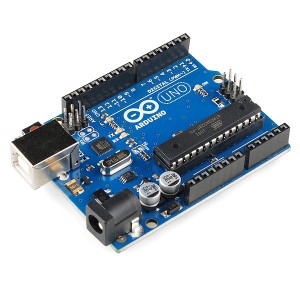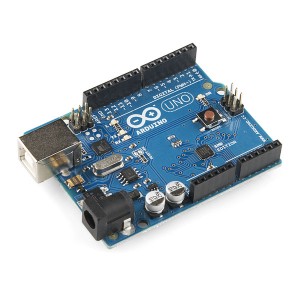Week 6 assignment
Here is my assignment for this week.
Actually I’m little confused about the range of LED voltage and I was not sure what resistor I should use when I was making a circuit.
But I felt excited that it seems I haven’t forgotten all about physics I learnt in high school…



